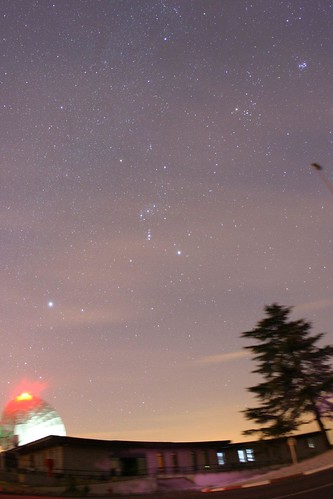
The XMM-Newton space telescope is celebrating its 10th anniversary in space!
Although there is a huge amount of British involvement in XMM-Newton, it truly is an international mission. In brief...
- Two out of three X-ray camera's were built (and are maintained) in the UK (pictured above-left);
- The optical/UV telescope was built in the UK;
- One X-ray camera was built in Germany;
- Two spectrometers (the RGS) were built in the Netherlands and the USA;
- All three X-ray mirror modules were built in Italy;
- Data analysis software and data storage by the UK & USA;
- The spacecraft was assembled in the Netherlands;
- Continuous XMM-Newton support is based in Spain, with support from the UK, Germany, France, Italy, Netherlands, and the USA;
- The radiation monitors were built in France;
XMM-Newton has made some amazing discoveries about the high-energy Universe in that decade. Lots of images from those XMM-Newton discoveries can be found online at the XMM-Newton image gallery, and a slideshow is available on the BBC News online website, narrated by myself (Dr Darren Baskill) and my colleague Dr Kathy Romer here at the University of Sussex's Department of Physics & Astronomy.

